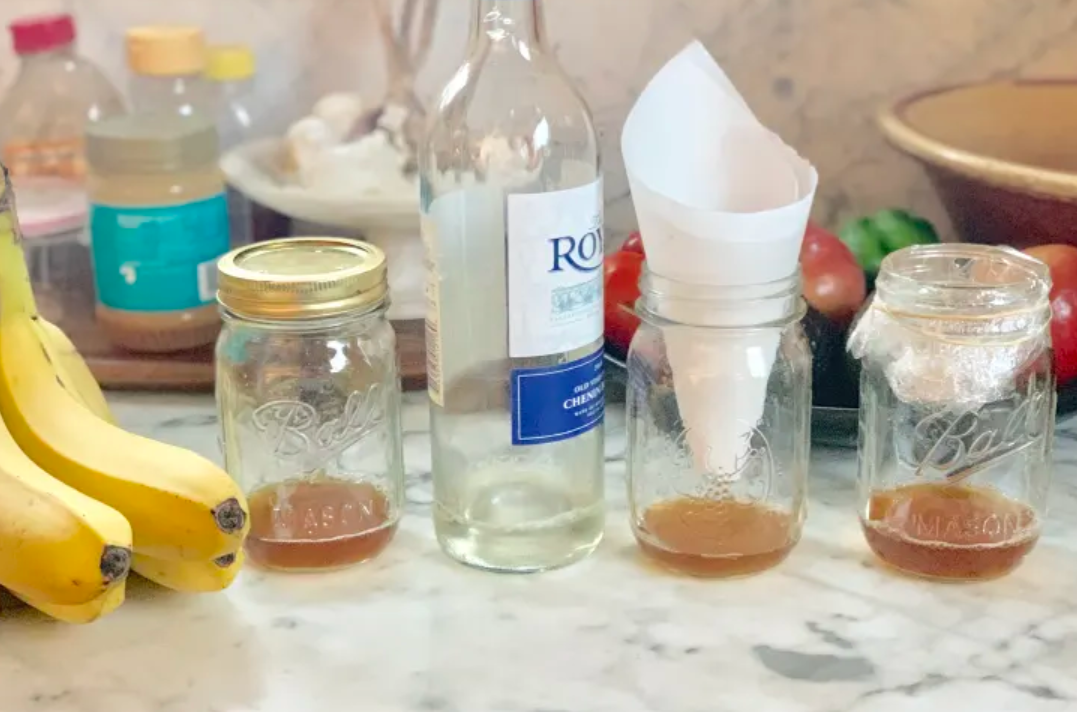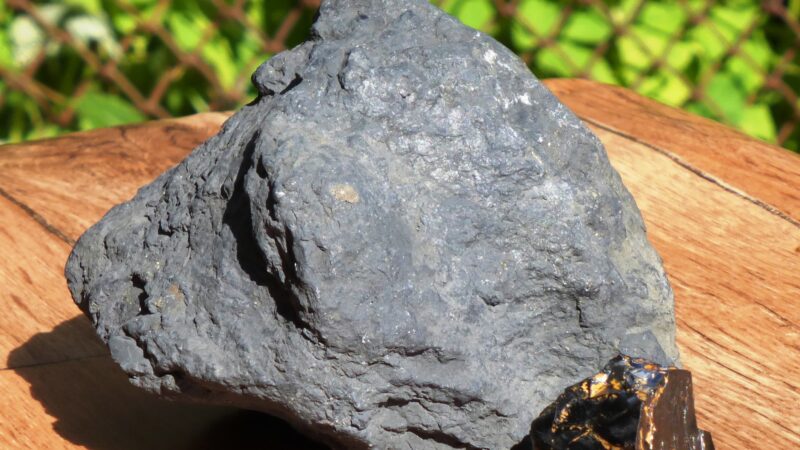Homemade Gnat Trap: Natural Solutions for a Pesky Problem

Gnat Trap – Gnats are tiny, flying insects that can be nuisances in and around our homes. These pesky creatures can disrupt our daily lives, especially during the warmer months. Fortunately, you don’t have to resort to chemical sprays or commercial traps to deal with them.
Homemade gnat trap are a simple and effective way to get rid of these annoying insects while keeping your home chemical-free. In this blog, we’ll explore various homemade gnat trap diy and how to make them.
Why Gnats Are a Problem?
Before we dive into homemade gnat traps, let’s understand why gnats can be such a problem:
- Gnats are attracted to moist areas: Gnats are naturally drawn to areas with moisture and organic matter, making your kitchen, bathroom, and indoor plants their favorite spots.
- They reproduce quickly: Gnats have a short life cycle, which means they can multiply rapidly, causing a gnat infestation if left unattended.
- Annoying bites: Some species of gnats can bite, causing discomfort and itching.
Homemade Gnat Trap
Apple Cider Vinegar Trap:
Ingredients:
- A small jar or bowl
- Apple cider vinegar
- A few drops of dish soap
- Plastic wrap
- A rubber band
Instructions:
- Pour a small amount of apple cider vinegar into the jar or bowl (about 1/4 inch deep).
- Mix a few drops of dish soap to the vinegar gently.
- Cover the jar or bowl with plastic wrap and secure it with a rubber band.
- Poke small holes in the plastic wrap to allow gnats to enter but make it difficult for them to escape.
- Place the trap near gnat-infested areas.
The vinegar attracts gnats, and the dish soap reduces the surface tension of the liquid, causing them to drown.
Banana Trap:
Ingredients:
- Overripe banana
- Plastic wrap
- A rubber band
Instructions:
- Mash an overripe banana in a bowl.
- Cover the bowl with plastic wrap and secure it with a rubber band.
- Poke small holes in the plastic wrap.
- Place the trap near the gnat-infested area.
Gnats are attracted to the sweet aroma of the banana and will enter the trap through the holes, where they will get stuck in the gooey mixture.
Red Wine Trap:
Ingredients:
- Red wine
- Dish soap
- A small jar or glass
Instructions:
- Pour a small amount of red wine into the jar or glass.
- Add a few drops of dish soap and swirl gently to mix.
- Place the trap near the areas where you’ve seen gnats.
Gnats are attracted to the scent of red wine and will be lured into the trap. The dish soap reduces the liquid’s surface tension, making it difficult for them to escape.
Plant-Based Trap:
Ingredients:
- A small potted plant
- Sand or gravel
- Yellow sticky traps (available at gardening stores)
Instructions:
- Place a layer of sand or gravel on top of the potted plant’s soil.
- Insert yellow sticky traps into the soil, making sure they are visible above the plant.
Gnats are attracted to the color yellow and will be caught on the sticky traps as they hover around the plant.
Conclusion
Dealing with gnats can be frustrating, but you don’t have to resort to harsh chemicals to get rid of them. Homemade gnat trap offer a natural and effective solution to keep these tiny pests at bay. Experiment with these traps to find the one that works best for your specific gnat problem, and enjoy a gnat-free home without the need for harmful chemicals. Remember to keep your living spaces clean and dry to prevent future infestations.
FAQs
1. What are gnat traps, and how do they work?
Gnat trap are devices designed to attract and capture gnats, which are tiny flying insects. They work by luring gnats with bait or attractant, such as vinegar, fruit, or a specific gnat lure. Once the gnats are drawn to the trap, they become trapped and cannot escape, leading to their eventual demise.
2. What types of gnat traps are available?
There are several types of gnat trap available, including:
- Vinegar Traps: These traps use apple cider vinegar or white vinegar as bait to attract gnats.
- Fruit Traps: Traps made using overripe fruit like bananas or strawberries can also effectively catch gnats.
- Sticky Traps: Yellow or clear sticky traps are designed to attract and capture flying insects, including gnats.
- Commercial Gnat Traps: Many companies offer gnat trap specifically designed to attract and catch gnats. These traps often use a combination of attractants and sticky surfaces.
3. Do gnat traps work for all types of gnats?
Gnat trap are generally effective against many types of gnats, including fruit flies, fungus gnats, and drain flies. However, the success of a particular trap may depend on the type of gnat and the bait used. Some gnats may be more attracted to certain baits or trap designs than others.
4. Are gnat traps safe to use indoors?
Yes, gnat trap are safe to use indoors. They are typically non-toxic and do not harm humans or pets. However, it’s essential to follow the instructions for each trap and keep them out of reach of children and pets to avoid any accidental ingestion.
5. How often should I replace or refresh the bait in gnat traps?
The frequency of bait replacement or trap maintenance may vary depending on the type of trap and the level of gnat activity. In general, it’s a good idea to check and refresh the bait or sticky surface regularly, typically every few days or when you notice a decline in trapping effectiveness.





